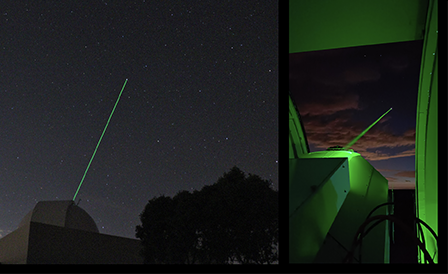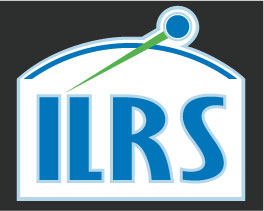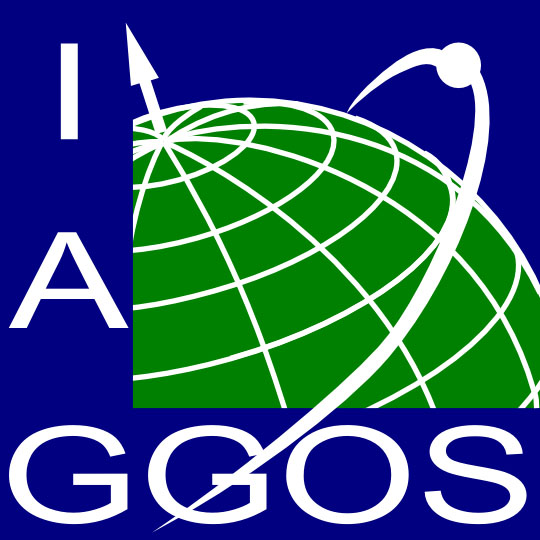Quick Links
- Network Map
- List of Stations
- Monthly Report Card
- Quarterly Report Card
- Network Status Page
- Potsdam CPF time bias service
- Procedure for estimating laser beam divergence
- Recent Station Upgrades
- Network station application form
- Revised ILRS station screening process at ILRS Operations Centers (NASA and EDC)
The Global ILRS Network

Yebes station (YEBL, 7817), Yebes Observatory, Guadalajara, Spain. (Credit: B. Vaquero, Yebes Observatory)
The ILRS coordinates activities for the international network of Satellite Laser Ranging (SLR) and Lunar Laser Ranging (LLR) field stations. The network represents a global consortium of permanent and mobile field stations that range to ILRS approved targets for science and engineering applications. The stations are registered with the ILRS and are required to keep web based site logs up to date on configuration. To facilitate operations and communications, the network is divided into sub-networks by region:
- European Laser (EUROLAS) network
- Western Pacific Laser Tracking Network (WPLTN)
- NASA network
Lunar Laser Ranging (LLR) is currently performed at stations in Grasse, France; Matera, Italy; McDonald Observatory, Texas; and Apache Point, New Mexico.
Although the general configuration of the ranging stations is similar, they have been developed by different institutions over time, and represent different approaches in technology, operation, and maintenance. In some cases, where several systems have been built by the same agency, designs may be very similar. Technology information is shared and some components tend to be used by many groups. Current systems in the field range from legacy technology long proven through many years of operation to newer technologies with enhanced capability.
The ILRS itself does not fund the establishment or operation of ranging stations. Stations are typically associated with a host nation space or scientific research program, and are frequently located adjacent to other observatory or measurement systems. In some cases partnership of several organizations both within and outside a country may have cooperated to implement and operate a station.
The ILRS has established station description requirements, data product delivery formats and procedures, and data quality standards which participating stations follow. Stations are categorized as "Operational" if they meet the data accuracy, data quantity, data delivery and GPS collocation requirements. Stations not yet meeting these requirements are categorized as "Associate" status.
Calculation of highly accurate satellite orbits and other data products requires a reliable reference frame (see ITRF) and routine tracking of geodetic satellites which are used to accurately monitor satellite orbits and station position and their motion in time. Many active space-borne systems also require routine tracking for precision orbit determination, sensor validation and calibration, and performance monitoring.
A network of globally distributed sites and daytime and night-time tracking are necessary for accurate monitoring of satellite orbits and proper sensing of the Earth and its fluid components. Station location that can help monitor the motions of the major continents, and yet are away from major faults zones and areas of local distortion are most desirable. Stations in locations that help extend tracking over otherwise uncovered ocean areas provide great benefit to the complex of altimeter and gravity field measuring satellites.
The field stations obtain satellite orbit predictions and tracking priorities from an ILRS operations center, perform laser ranging to satellites within their field of view, and report the results back to an ILRS operations center. After data quality checks are performed, the ranging data is submitted to an ILRS data center for archival purposes and made available for analysis.
The ILRS network has regions of very high concentration (Europe) and areas of little or no coverage. The challenges for the network are to continue implementing newer technologies at the current stations and build new stations in regions with no coverage.
Monitoring of ground stability and local motion is essential to the proper interpretation of the space geodesy data. Otherwise, local motions may be aliased into the global reference-frame products. Precise ties within ground survey networks, within the local site, and over a wider regional footprint are required in order to monitor instrument and ground stability.
Recent News
(1) Data Handling File
(2) Eccentricity Files
(3) SLRF2020 Positions & Velocities
Read more
The ILRS station tracking priority survey results can be found here.
Read more...




